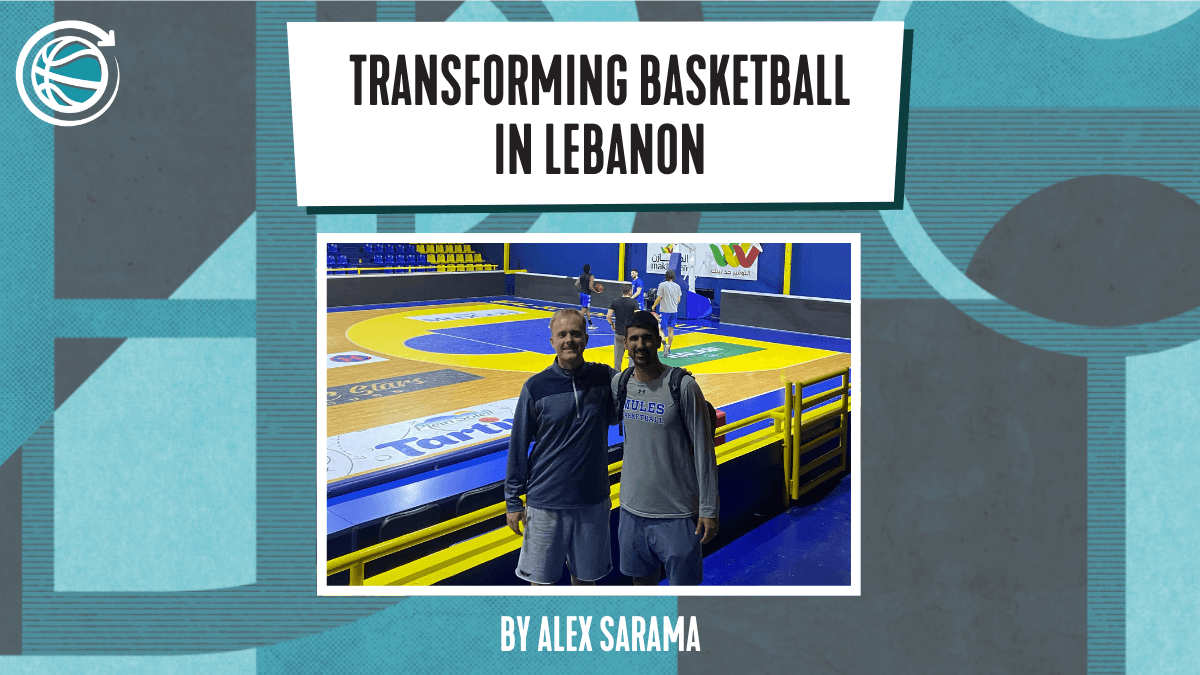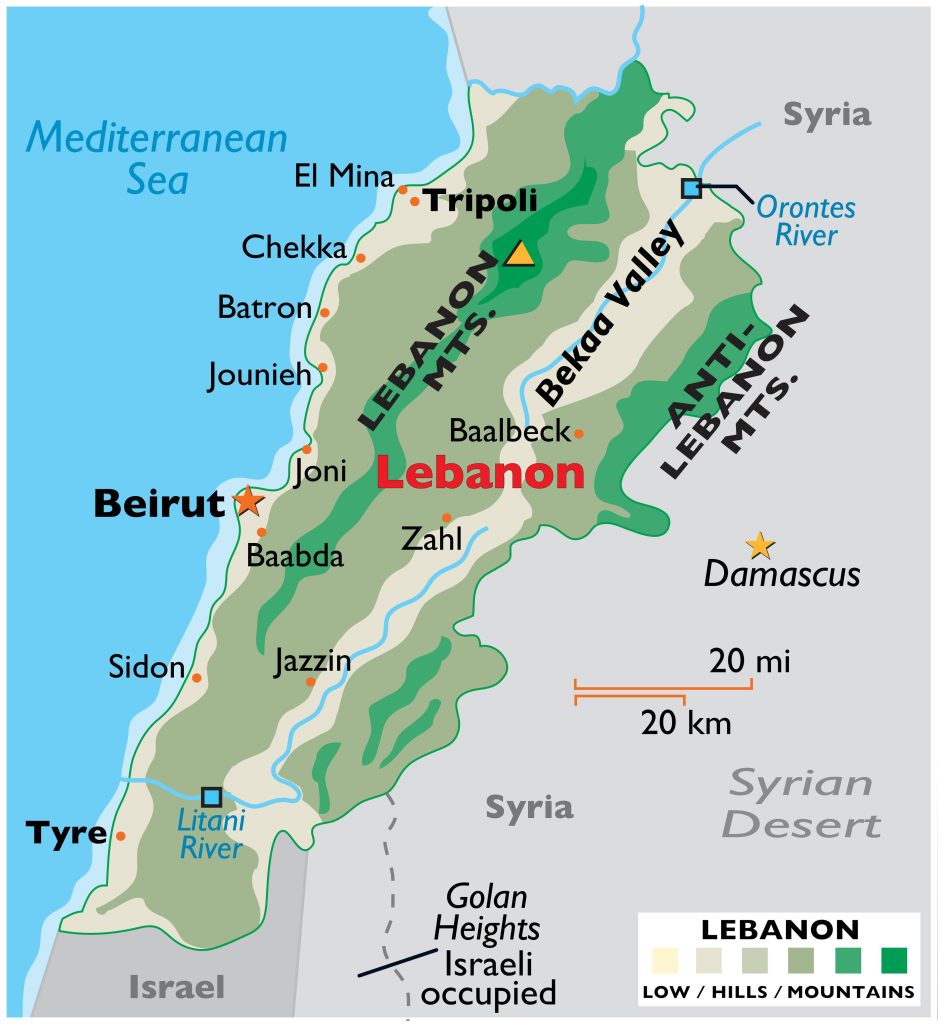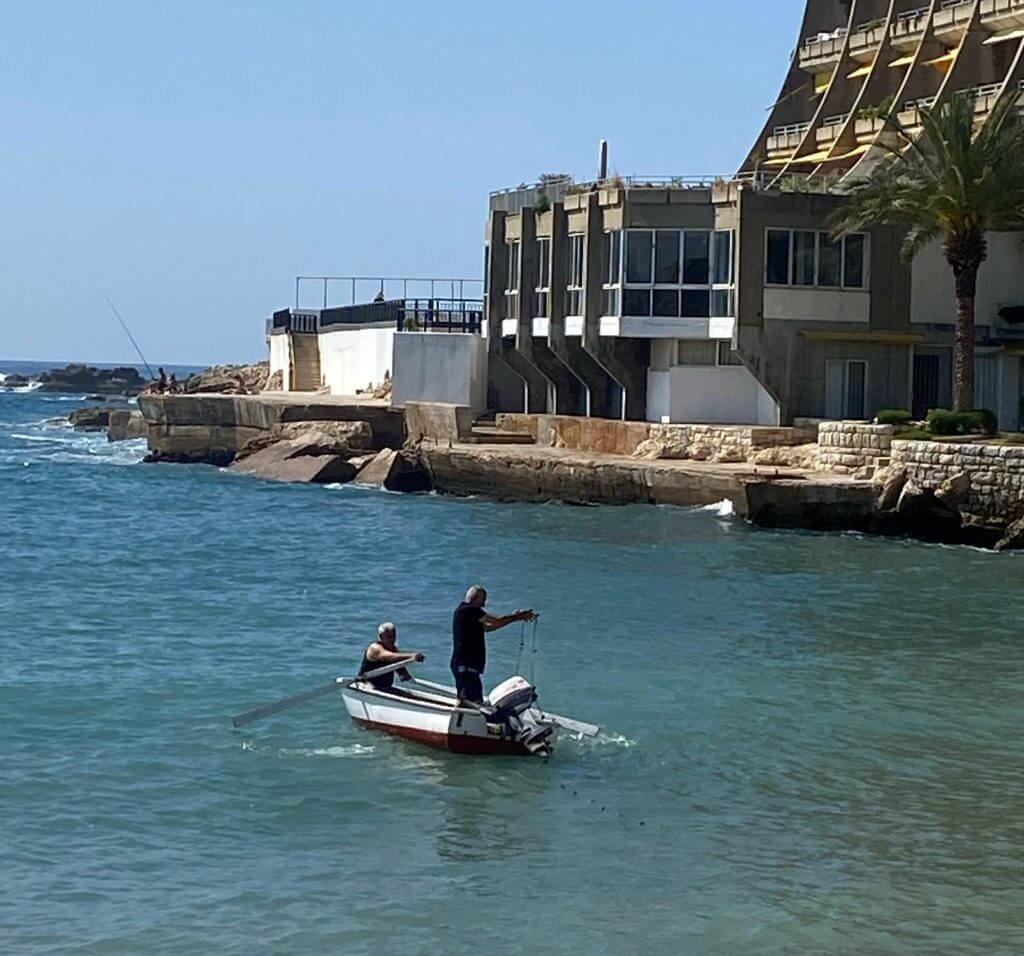Transforming Basketball in Lebanon


In April 2023, Kareem Kalil and I ran a series of player clinics and coaching workshops in Beirut, Lebanon. The trip provided me with a great chance to experiment with some new ideas, as well as introducing the CLA to Lebanese basketball coaches. Alongside Lithuania and the Philippines, Lebanon is one of a handful of countries in the world where basketball is the number one national sport. It was extremely satisfying to work with players and coaches who were so passionate and enthusiastic in the ideas I shared.
I wanted to start this blog by looking at forms of life and how this connects to my experience in Lebanon. Forms of life are factors which may account for the manner in which players perform within a particular sport, extending to basketball. Rothwell, Davids and Stone proposed that forms of life are founded upon “specific socio-cultural, economic and historical constraints that have shaped the development of performance in a particular sport and physical activity.” Forms of life are a type of environmental constraint which can shape the way players play basketball, serving as either positive or negative influences. Some great work in this area has been done by James Vaughan (see his research here: pubmed.ncbi.nlm.nih.gov/34305709/).
Starting with geographical, historical and cultural factors, the topography of Lebanon is unique. Most Lebanese cities lie on the coast, with mountain ranges in the east. It is one of a few countries in the world where you could be skiing in the morning, before driving for 45 minutes and lying on the beach! Lebanon’s unique landscape has accounted for why it is one of the oldest-inhabited countries in the world. Several different religious groups have made their homeland in Lebanon as a result of the protection offered by its mountainous territory. This accounts for how in the present day, Lebanon recognises 18 different religious sects. Religion plays a huge role in Lebanese culture, society, politics and legal systems with parliamentary representation apportioned according to these religious groups. But what does all this mean in a practical context?

Two of the player camps were only 25 minutes away from each other within Beirut, but the playing styles and behaviours of the players – of the same ages – were completely different. One clinic was in a Christian neighbourhood, while the other was in a Muslim neighbourhood. It was so interesting to observe the differences in styles of play and how the players expressed themselves in both clinics. I always do different activities to keep things interesting, but I repeated one activity in both camps which was a half-court 3-on-2 dominoes bursts…
https://x.com/AlexJSarama/status/1546589024265113603?s=20
Completely different behaviours emerged at both the clinics. In one clinic, the players looked to be more evasive and creative within the 3-on-2 in relation to how they used the advantage. In the other group, the players were extremely physical, throwing their bodies around the court and relentlessly attacking the rim.
Having an understanding of the behaviours emerging in front of me meant I could tweak the activity accordingly. With the group who were content to play in dominoes by using several passes without the decisive intent to score, I manipulated constraints to use a shorter shot clock. This forced them to be more decisive using the advantage. Meanwhile with the other group, the players were so physical and aggressive, almost to the likes of which I had never seen anything like it! Players had no fear in diving on the floor or throwing themselves into an opponent to finish at the rim or secure a rebound. With this group, I focussed their attention on the importance of seeking out ROB shots (range, open, balance). This changed their intentions within the activity by attempting to use the advantage to find an open shot, rather than recklessly using their physicality to force lower value shots up.
To reinforce this, I manipulated constraints purposefully by introducing a points system which devalued heavily contested shots. This led to the players self-organising into new solutions rather than resorting to 1-on-2 rim finishes. With the group playing extremely physically, the majority of the group were observing Ramadan. While I stopped more regularly for short breaks compared to when coaching the other group, I can easily say that I have never worked with a group of players more intent to learn through sheer effort and willpower in every small-sided game. Even when using lower intensity SSG’s such as 2-on-1 shooting, every single point mattered! There were lots of complaints about my terrible officiating throughout the camp as they cared so much! It’s really interesting to have an awareness of forms of life and how they shape how players express themselves. This just provides more evidence as to why one size fits all coaching approaches are so limited.
Kareem Kalil joined me to run two of the camps and one coaching clinic. Kareem’s journey is unique in that he was fully exposed to the CLA for the first time in June of 2022, when he invited me to Denver, Colorado to run a camp for his high school team. After being so intrigued by what he saw, Kareem invested heavily in his learning and development. He came out to Italy to coach with me at College Prep in the 2022-23 season. In one year, it’s now incredible to see how well Kareem is effectively using the CLA. During one of the camps, we encountered high numbers. This can sometimes act as a barrier for coaches trying to implement a CLA effectively. The solution however is very simple. In a sideline to sideline pass touchdown warm-up game, we played with three basketballs instead of one to facilitate more touches. We then went to an advantage 1-on-1. So much time is lost within the traditional approach as coaches set their players up in lines, explain rotations and tell players what they want to see. Our explanation of the 1-on-1 took approximately 15 seconds. We simply told the players to drive whenever they saw an open space.
On the coach development side, we had four hours across two days with the coaches. Occasionally the ideas we share at Transforming Basketball can be met with stifling resistance in an attempt to maintain the status quo. Not in Lebanon: we had in-depth and complex conversations, but the coaches were open-minded and progressive throughout. We had fun connecting things we had observed in Lebanese society to contemporary skill acquisition ideas. For instance, the chaotic but functional manner of Lebanese driving was used to talk about affordance landscapes and the importance of representative learning environments! After all, driving around cones in a test school wouldn’t be much use in Beirut! The driving environment was just like the game of basketball: dynamic, unpredictable and ever-changing.
On the last day of the trip I was treated to another great seafood lunch by my hosts on one of Beirut’s great beaches. While eating, I observed some elderly Lebanese fisherman fishing in the harbour. To an individual who didn’t know anything about fishing, their approach may have seemed ludicrous. They were casting big nets within the harbour while throwing large boulders into the netted area. Simultaneously they swam and splashed about within this area making lots of noise. Their approach drew the attention of numerous onlookers. While others looked on in bemusement, their approach was actually very logical in attempting to scare the fish and move them (via the process of self-organisation!) into the nets.

Just like the fisherman, many view contemporary coaching ideas as “silly” and “radical”. In reality, I think it’s the opposite. What may seem ridiculous to so many, makes complete sense when you think about the complexity of human movement. As Carl Woods has said, a (traditional) approach with no evidence base should be the radical perspective! Despite all the fishermen’s efforts and 30 minutes of hard work, I only saw four fish in their nets. They then tried again and caught what seemed like more fish. This is exactly like coaching: an extremely unpredictable and highly non-linear process. Sometimes we’ll obtain great results, and other times we won’t. But we have to stick with it!
Ultimately, we can’t use linear coaching methods to coach human beings in a team sport like basketball which is so inherently complex. Even though these ideas might not (yet) be widespread within the NBA, EuroLeague & WNBA, times are changing. Driving this change is why we exist at Transforming Basketball.























